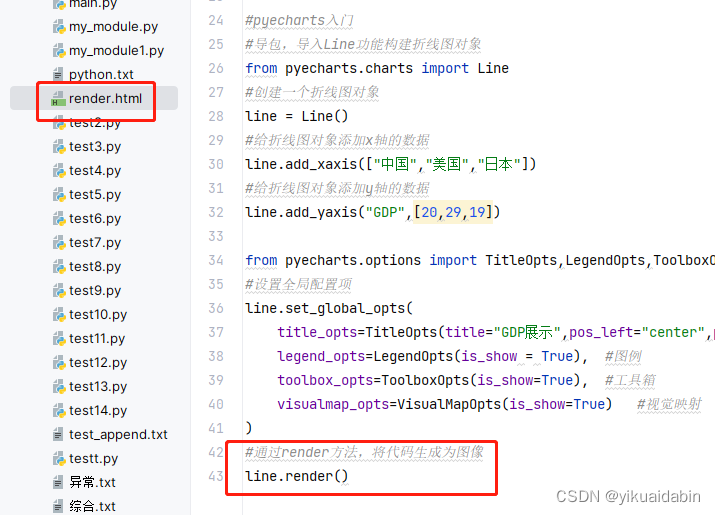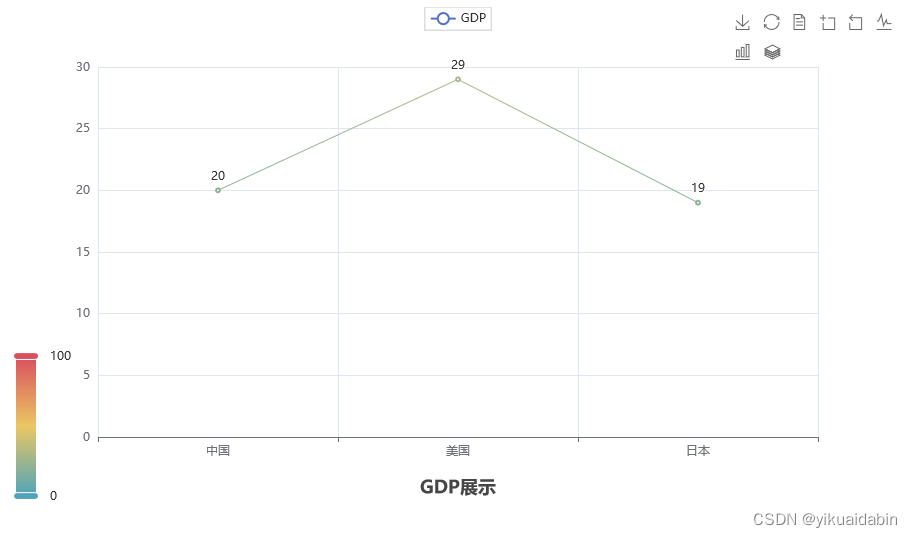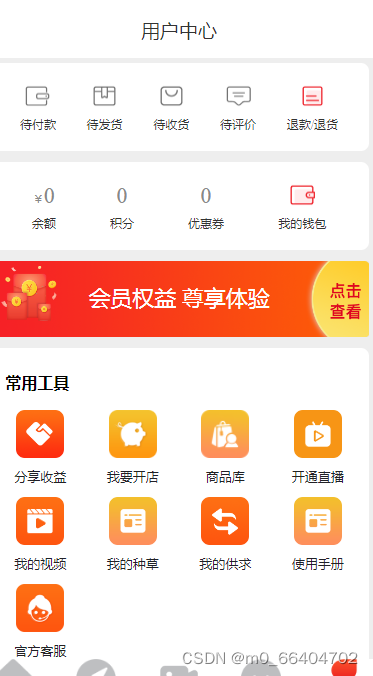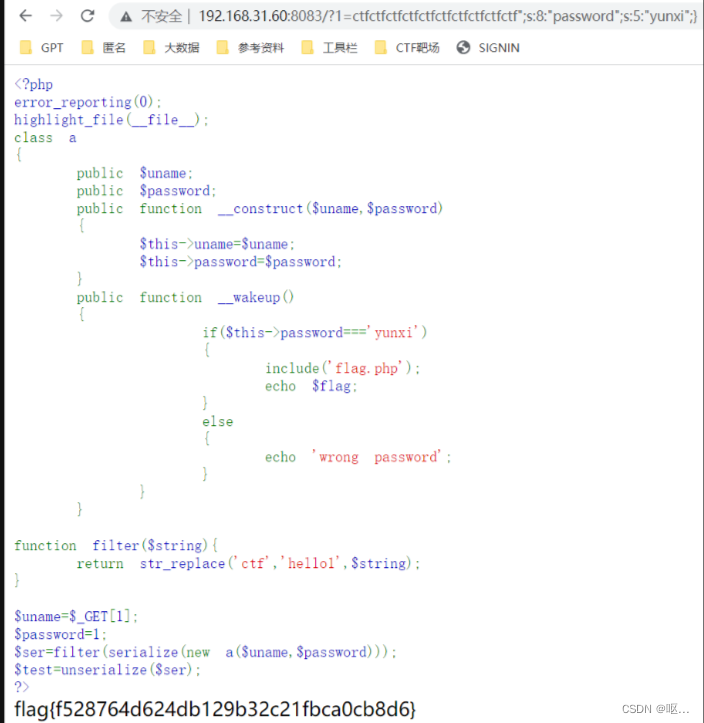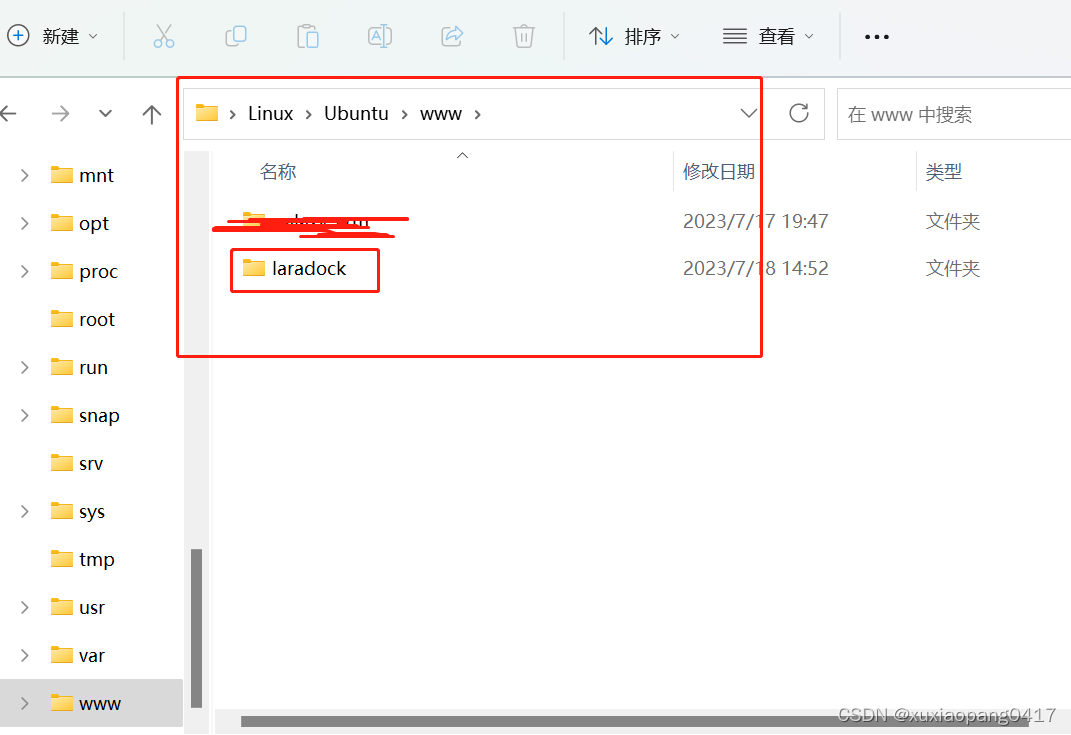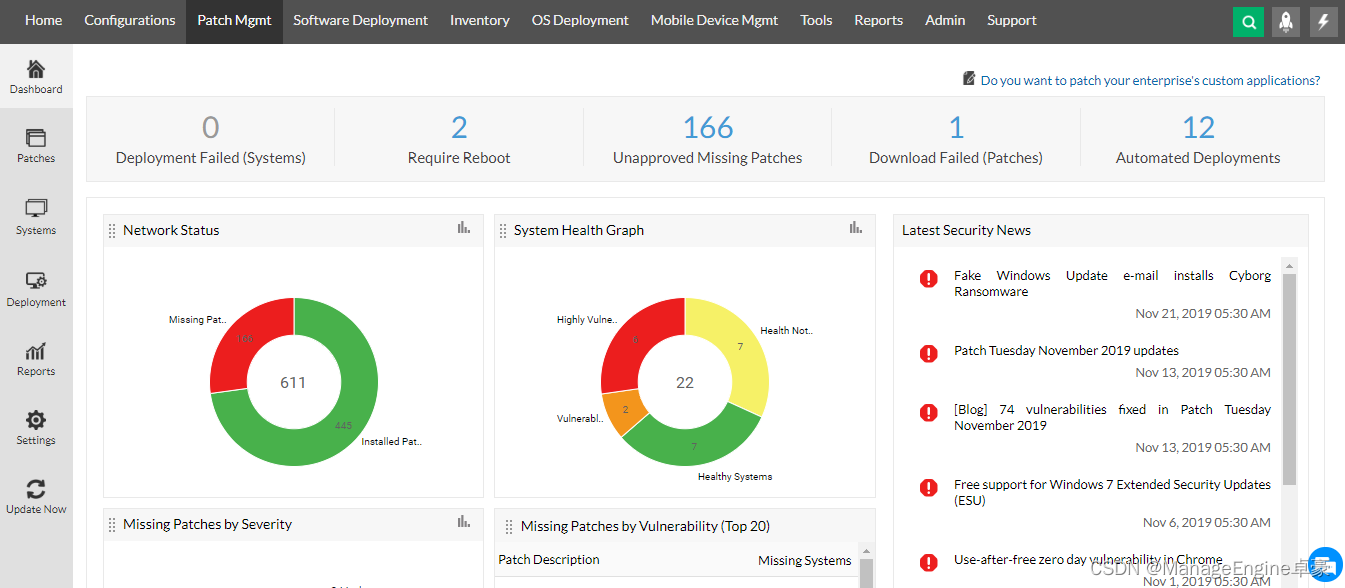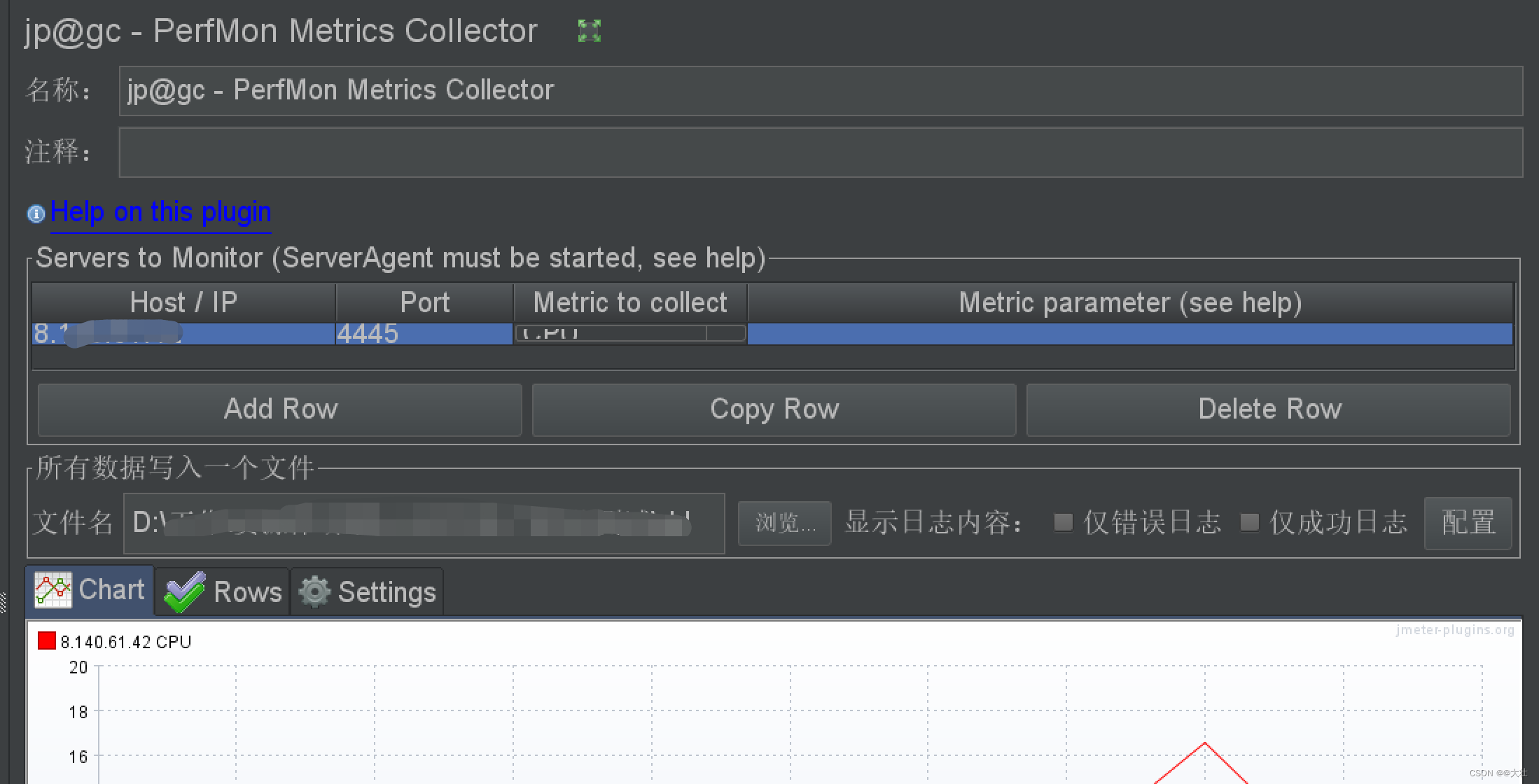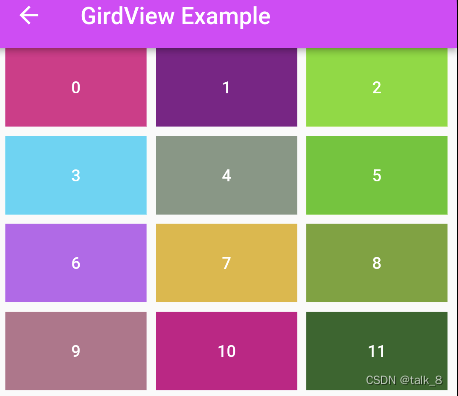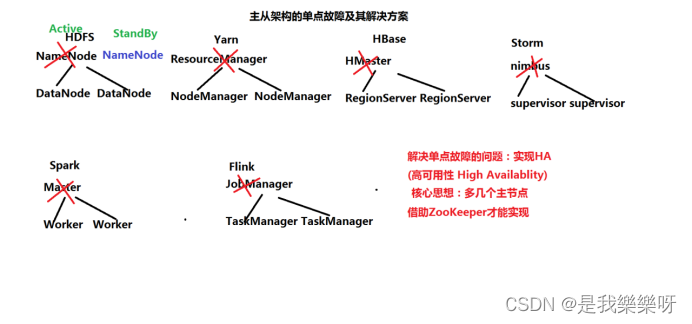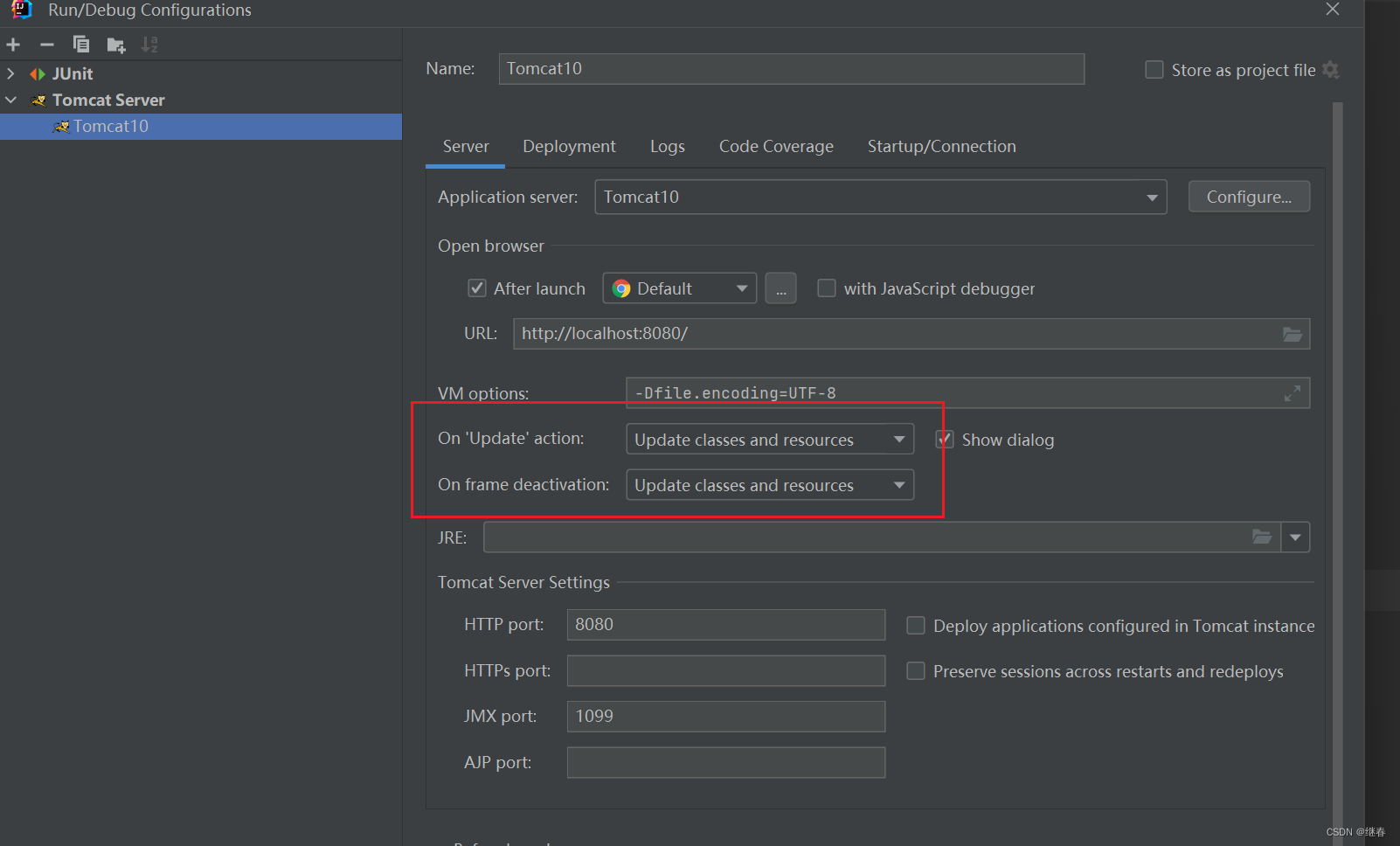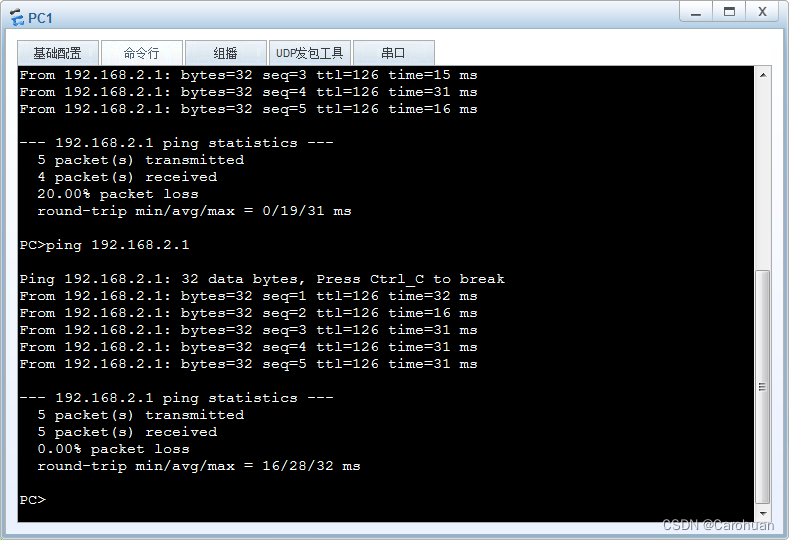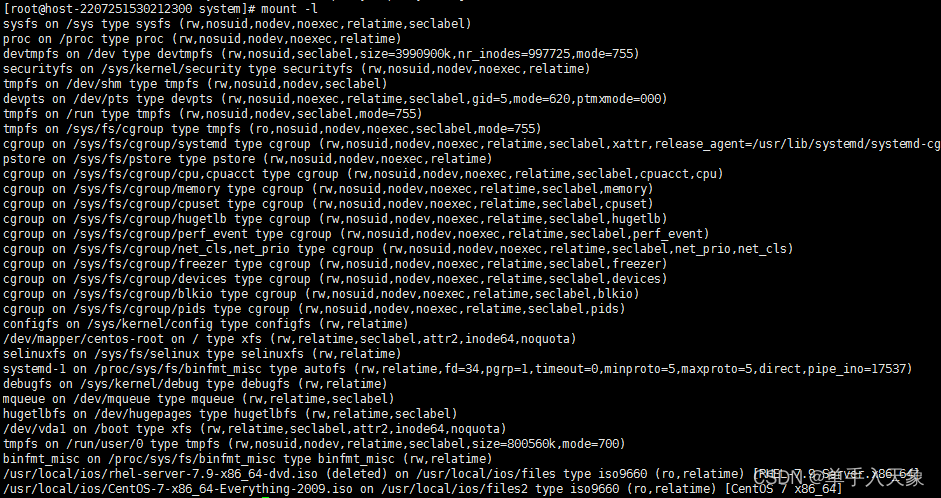安装包的方法:


#python数据和json数据的相互转换
import json
#准备列表,列表的每一个元素都是字典,将其转换为JSON
data = [{"name":"大大","age":21},{"name":"小小","age":21}]
json_str = json.dumps(data,ensure_ascii=False)
print(type(json_str))
print(json_str)
#准备字典,将字典转换为json
d = {"name":"中中","name":"微微"}
json_str = json.dumps(d, ensure_ascii=False)
print(type(json_str))
print(json_str)
#将json字符串转换为Python数据类型
s = '[{"name":"大大","age":21},{"name":"小小","age":21}]'
l = json.loads(s)
print(type(l))
print(l)
#将json字符串转换为Python数据类型
s = '{"name":"大大","age":21}'
d = json.loads(s)
print(type(d))
print(d)
#pyecharts入门
#导包,导入Line功能构建折线图对象
from pyecharts.charts import Line
#创建一个折线图对象
line = Line()
#给折线图对象添加x轴的数据
line.add_xaxis(["中国","美国","日本"])
#给折线图对象添加y轴的数据
line.add_yaxis("GDP",[20,29,19])
from pyecharts.options import TitleOpts,LegendOpts,ToolboxOpts,VisualMapOpts
#设置全局配置项
line.set_global_opts(
title_opts=TitleOpts(title="GDP展示",pos_left="center",pos_bottom="1%"), #标题
legend_opts=LegendOpts(is_show = True), #图例
toolbox_opts=ToolboxOpts(is_show=True), #工具箱
visualmap_opts=VisualMapOpts(is_show=True) #视觉映射
)
#通过render方法,将代码生成为图像
line.render()
#在网页打开生成的html文件
